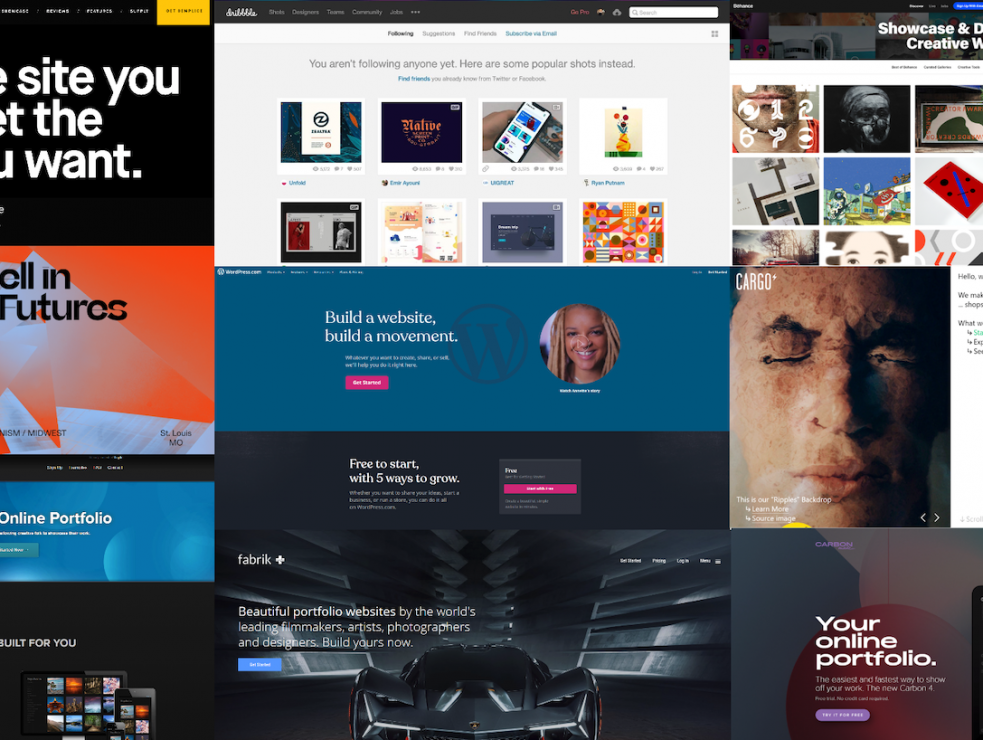
How to Create a Web Design Portfolio that Stands Out
If you are a web designer, you know how important it is to have a portfolio that showcases your skills and projects. A web design portfolio is not only a way to display your work, but also a tool to attract potential clients and employers. However, creating a web design portfolio can be challenging, especially if you are new to the field or have a lot of work to choose from. How do you select the best projects to feature? How do you organize and present them in a way that highlights your strengths and style? How do you optimize your portfolio for search engines and user experience? In this blog post, we will answer these questions and more, and give you some tips on how to create a web design portfolio that stands out from the crowd.
What is a Web Design Portfolio?
A web design portfolio is a collection of web design projects that you have created or contributed to, either for clients, employers, or personal purposes. A web design portfolio can be a website, a PDF document, a slideshow, or any other format that allows you to showcase your work online. A web design portfolio should include the following elements:
- A brief introduction about yourself, your background, your skills, and your services.
- A selection of your best and most relevant web design projects, with screenshots, links, and descriptions.
- A testimonial section, where you can display feedback from your clients or employers or any awards or recognition that you have received for your work.
- A contact section where you can provide your email, phone number, social media profiles, or any other way that you prefer to be contacted.
Why Do You Need a Web Design Portfolio?
A web design portfolio is essential for any web designer who wants to showcase their work and grow their career. A web design portfolio can help you:
- Demonstrate your skills and expertise in web design, and show your potential clients or employers what you can do for them.
- Highlight your unique style and personality, and differentiate yourself from other web designers in the market.
- Build your credibility and reputation, and establish trust and rapport with your audience.
- Generate leads and inquiries, and increase your chances of getting hired or landing new projects.

How to Create a Web Design Portfolio?
Creating a web design portfolio can be a daunting task, but it doesn’t have to be. Here are some steps that you can follow to create a web design portfolio that showcases your work and impresses your audience.
1. Define your goals and target audience
Before you start creating your web design portfolio, you need to define your goals and target audience. What is the purpose of your portfolio? Who are you trying to reach? What do you want them to do after viewing your portfolio? These questions will help you determine the tone, style, and content of your portfolio and tailor it to your specific needs and objectives.
For example, if you are looking for a full-time job as a web designer, your portfolio should focus on your professional experience and skills and highlight the projects that are relevant to the industry or niche that you are applying for. If you are a freelance web designer, your portfolio should showcase your versatility and creativity and highlight the projects that demonstrate your value and results for your clients.
2. Select your best and most relevant projects
The next step is to select your best and most relevant projects to feature in your portfolio. You don’t need to include every project that you have ever worked on, as this can overwhelm your audience and dilute your message. Instead, you should choose the projects that:
- Showcase your skills and abilities in web design and reflect your current level of expertise and knowledge.
- Highlight your style and personality, and show your unique approach and vision for web design.
- Demonstrate your value and results, and show how you solved a problem, met a goal, or improved a situation for your clients or employers.
- Match your goals and target audience, and show that you understand their needs, preferences, and expectations.
You should also consider the quality, diversity, and recency of your projects. You should include projects that are well-designed, well-developed, and well-documented, and avoid projects that are outdated, incomplete, or poorly executed. You should include projects that cover a range of web design aspects, such as layout, typography, colour, animation, interactivity, responsiveness, accessibility, and usability, and avoid projects that are too similar or repetitive. You should include projects that are recent, or at least updated, and avoid projects that are obsolete or irrelevant.
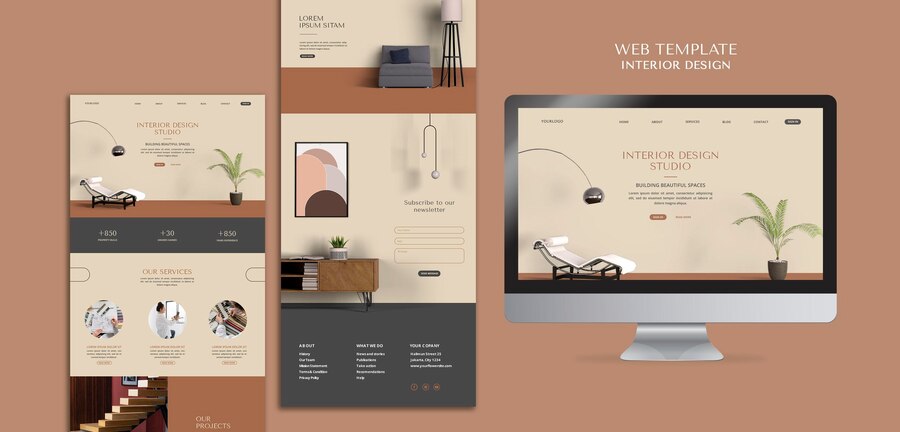
3. Organize and present your projects
Once you have selected your projects, you need to organize and present them in a way that is clear, attractive, and engaging. You should follow these guidelines:
- Create a separate page or section for each project and provide a brief overview of the project, such as the name, the client, the goal, the role, the tools, and the duration.
- Provide a screenshot or a link to the live version of the project, and make sure that the image is high-quality, relevant, and eye-catching.
- Provide a detailed description of the project and explain the process, the challenges, the solutions, and the outcomes of the project. You can also include sketches, wireframes, mockups, prototypes, or any other visual aids that illustrate your work.
- Provide a testimonial or feedback from the client or the employer, or any awards or recognition that you have received for the project, and show how your work was appreciated and valued.
4. Optimize your portfolio for SEO and UX
The last step is to optimize your portfolio for search engine optimization (SEO) and user experience (UX). This will help you increase your visibility and traffic, and improve your conversion and retention rates. You should follow these tips:
- Choose a domain name that is relevant, memorable, and easy to spell and pronounce, and that reflects your brand and identity.
- Choose a platform or a tool that is reliable, secure, and easy to use, and that allows you to create and manage your portfolio without any hassle or limitation.
- Choose a design that is simple, clean, and consistent, that matches your style and personality, and that enhances your work and message.
- Choose a layout that is responsive, adaptive, and fluid, and that ensures that your portfolio looks and works well on any device, screen size, and browser.
- Choose a navigation that is intuitive, logical, and user-friendly, and that allows your audience to browse and explore your portfolio without any confusion or frustration.
- Choose content that is relevant, informative, and engaging, and that showcases your work and impresses your audience.
- Choose a font that is legible, readable, and appealing, that suits your tone and style, and that conveys your message and emotion.
- Choose a colour that is appropriate, harmonious, and attractive, that reflects your mood and personality, and that creates contrast and hierarchy.
- Choose a media that is high-quality, optimized, and interactive, and that supports and enhances your work and message.
- Choose a keyword that is specific, relevant, and popular, that describes your work and niche, and that helps your audience find your portfolio.
- Choose a title that is catchy, descriptive, and concise, that summarizes your work and message, and that attracts your audience’s attention.
- Choose a meta description that is informative, persuasive, and brief, that provides an overview of your work and message, and that entices your audience to click on your portfolio.
- Choose a call to action that is clear, compelling, and visible, that tells your audience what you want them to do next, and that motivates them to take action.
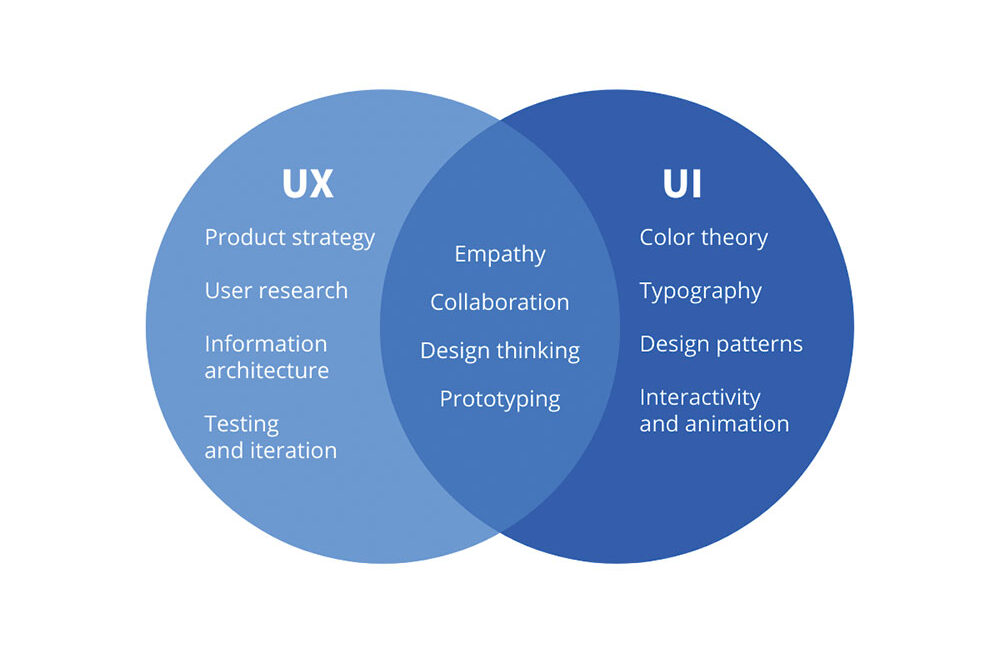
Conclusion
Creating a web design portfolio can be a rewarding and enjoyable experience if you follow the steps and tips that we have shared in this blog post. A web design portfolio can help you showcase your work and grow your career, as long as you define your goals and target audience, select your best and most relevant projects, organize and present your projects, and optimize your portfolio for SEO and UX. We hope that this blog post has inspired you and helped you create a web design portfolio that stands out from the crowd.



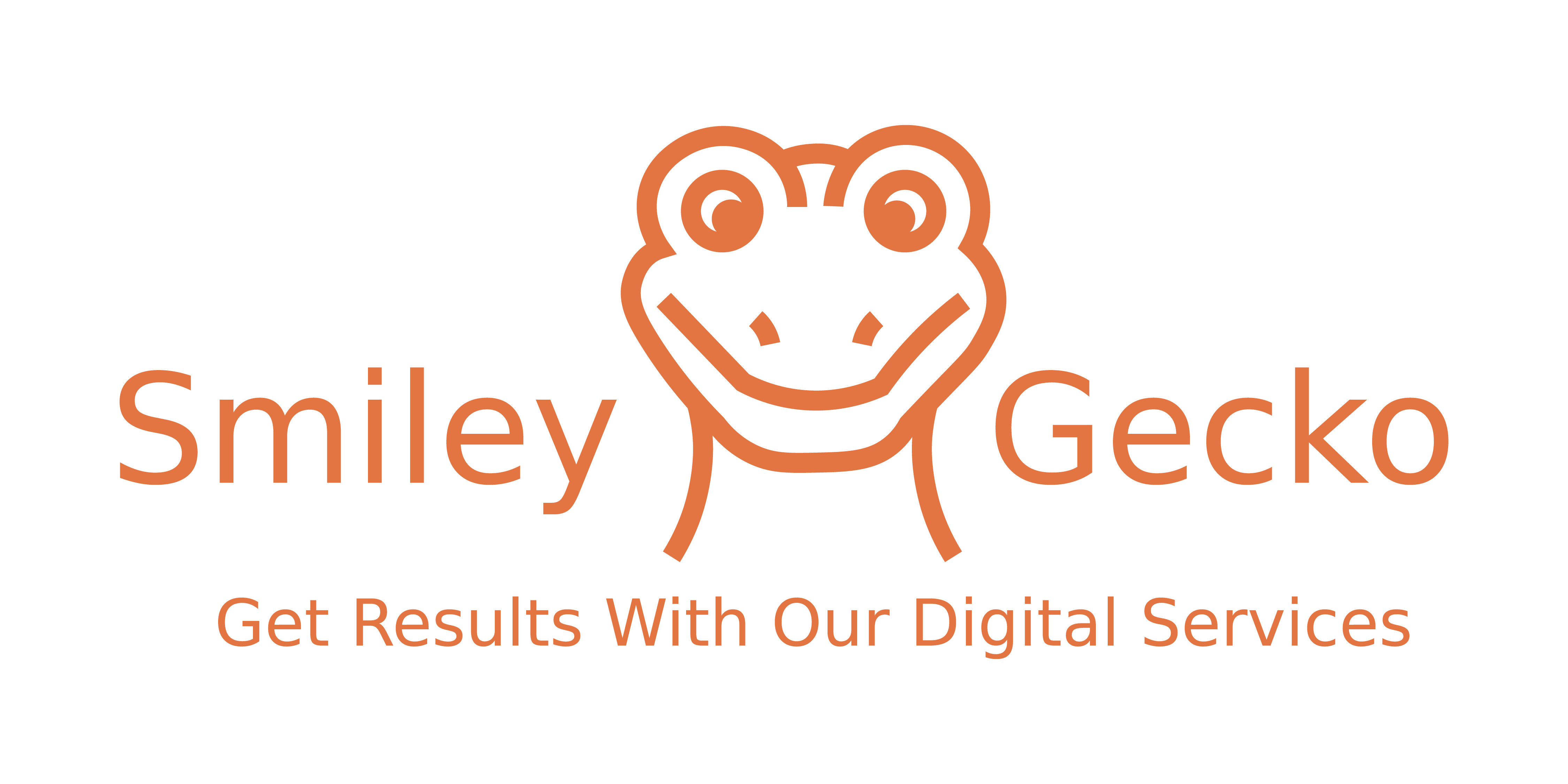
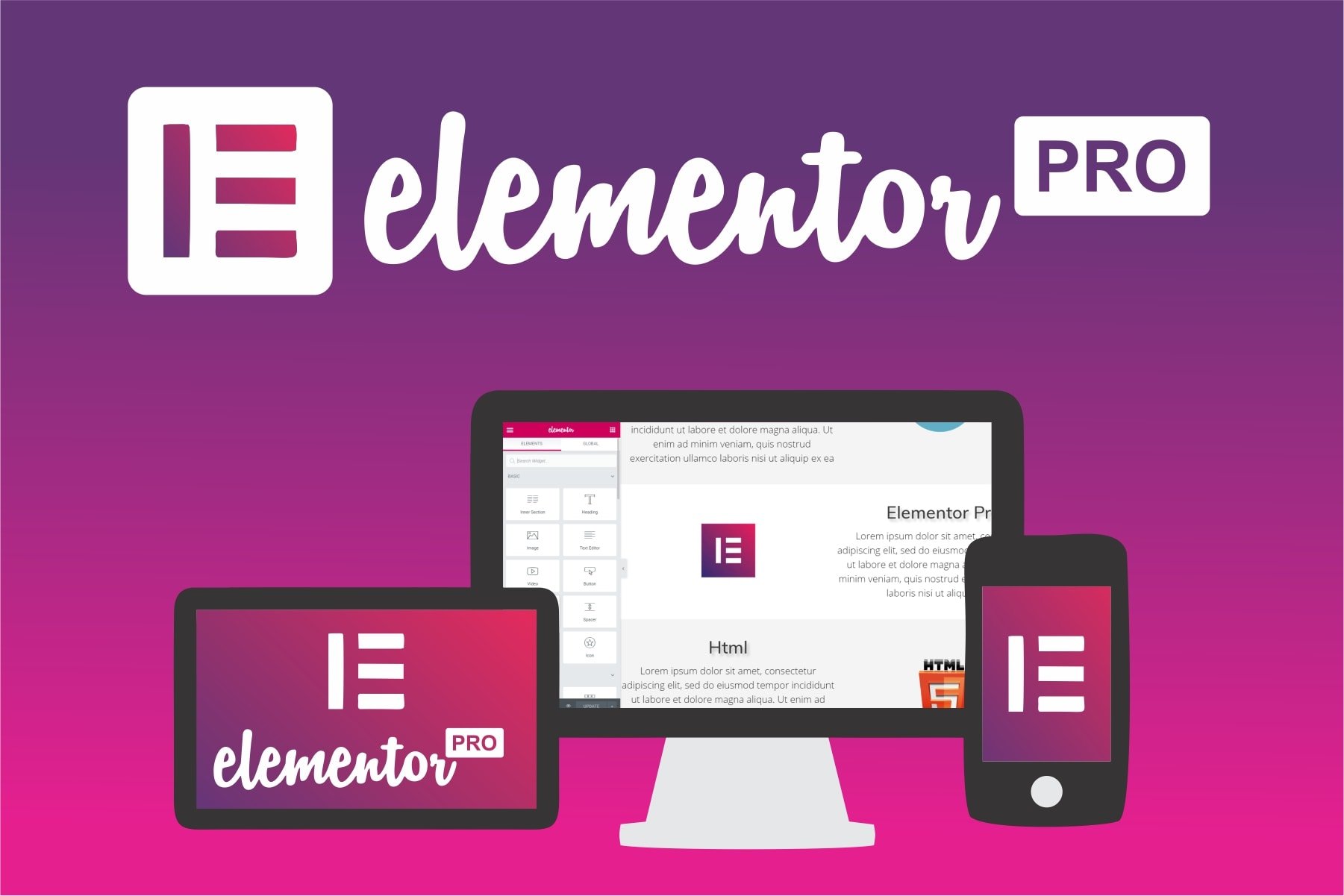
0 Comments